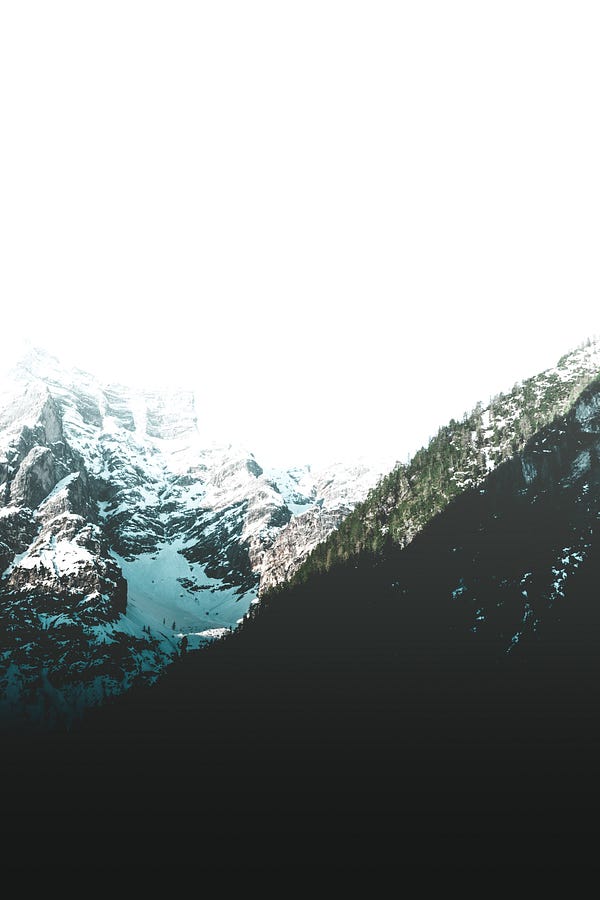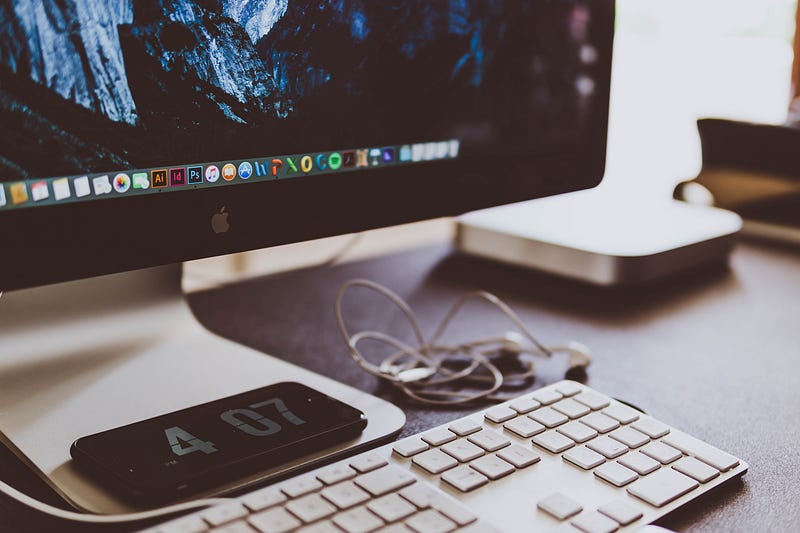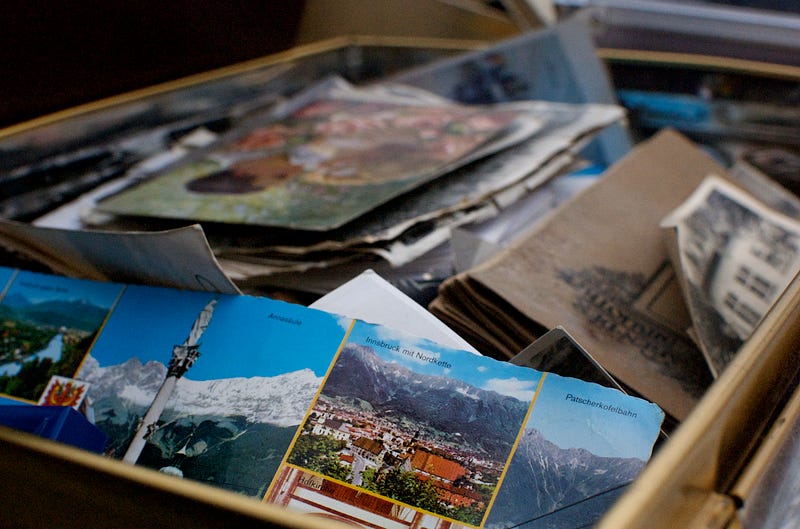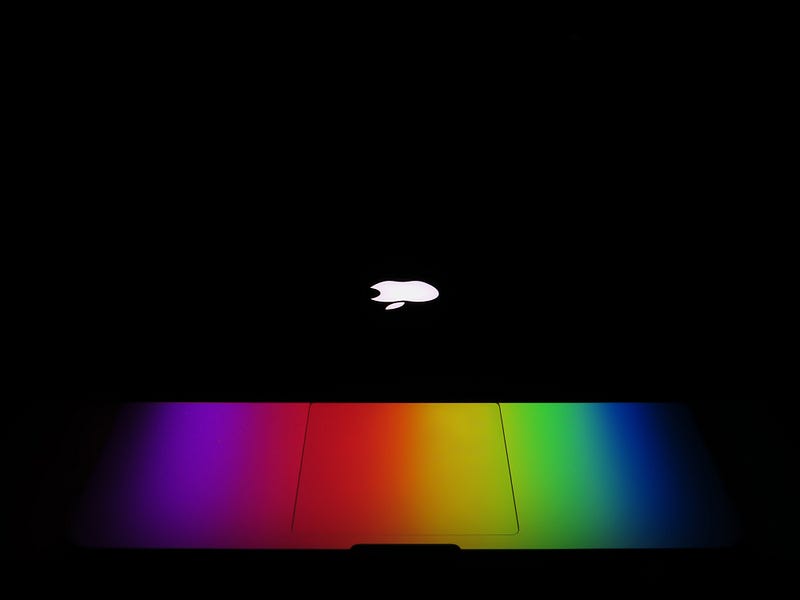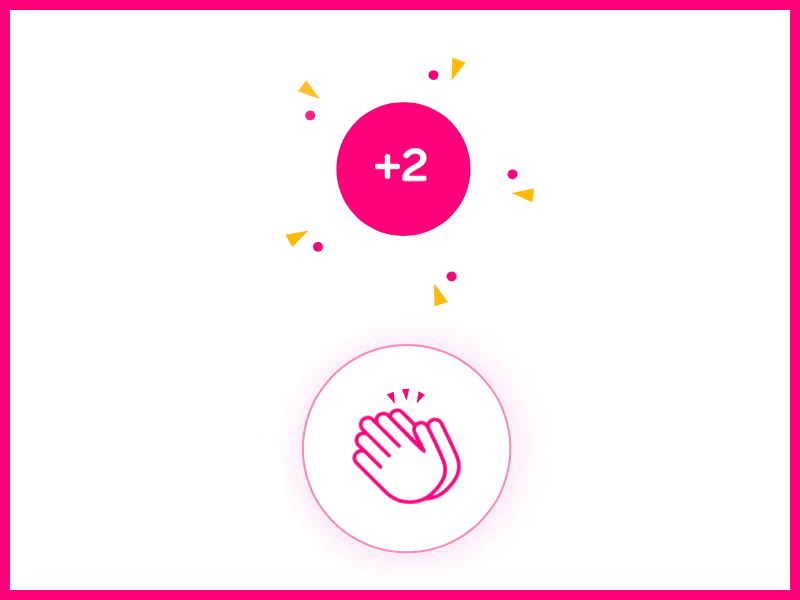5 mistakes new photographers make and how to avoid them.
Photography is a lot of fun and a great hobby to start but there’s a lot to learn when you first pick up a camera. When you’re first starting out it can all feel a bit overwhelming. Here I’ve tried to outline the top five mistakes that beginner photographers make and how to avoid them. Hopefully this can help you to avoid some of the most common errors that seem to crop up time and time again.
Those darn highlights.
The clipping of the highlights is one of the most common issues facing new photographers. The highlights are often so overexposed that the sensor of your camera can’t record any information in the overexposed part of the image. When this happens it doesn’t matter how much you try to rescue the image in post-processing — you can’t! The information is just not in the file.
But what about when high contrast situations arise? Is there anything you can do? The best way to tackle this situation is to ‘expose for the highlights’. Make sure that the highlights in the image are correctly exposed, even though this will probably result in the shadows being underexposed. But aren’t underexposed shadows just as bad as clipped highlights? Well actually, no. Here’s why — modern camera sensors are much better at retaining information in the shadows as opposed to the highlights. Most photographers will purposely shoot a full stop underexposed and then up the exposure later, bringing back all the detail in the shadows. While this may not be necessary for all scenarios, it’s a good trick to have up your sleeve. But if you’re going to be doing this, then make sure you’re shooting in RAW…
Shooting in JPEG.
Shooting in JPEG is actually not the sin that a lot of photographers will have you believe that it is. There are times when it’s actually advantageous to be shooting in JPEG. You can shoot in a much faster burst mode, there’s hardly any post-processing, smaller file sizes and sometimes you just don’t need to be editing at all if they are just personal snaps.
This all sounds rather good so why don’t we all just shoot in JPEG all the time? When shooting JPEGs between you pressing the shutter and the image being captured the processor in your camera ‘finishes’ the image, effectively doing the post processing for you. This means that the process is complete and you have nothing more to do. But if you want to do any amount of your own post-processing on your images, then it’s advisable to be shooting in RAW. The camera will be capturing much more information, which giving you much more information and scope to be playing with while you edit. Post-processing plays an important role when developing your own style.
‘I’ll fix it in Photoshop later’.
No you won’t. Once you’ve become comfortable with editing your RAW images in photo editing software there’s often a risk of laziness when shooting. Suddenly getting the exposure right in camera doesn’t seem like a priority when you can just fix it later. Why bother getting the white balance right when you can just correct it later?
Photoshop is an incredible piece of software and has really changed what has become possible in the world of photography, but with that, it has become all too easy to say, “Don’t worry, I can just fix that later in Photoshop!” And yes, sometimes you can, but should we be relying on it so heavily? The danger is that once you start taking shortcuts in one area of photography, then you’re sure to start taking shortcuts elsewhere too! I had the same approach when I first discovered the wonders of Photoshop, but I realised shortly after that I was being less methodical in the way I worked, resulting in sloppy composition. Because other areas of the craft were becoming easy, my brain ended up on autopilot and I was giving less thought to the other factors that make up an image. Always remember that a bad image is a bad image, no matter how long you sit in front of your computer screen trying to fix it in post!
Shooting in burst mode!
As with all things in life, practice makes perfect and photography is absolutely no exception to this rule. Someone (the original source is often disputed) once said that your first 10,000 photographs are going to be pretty terrible. I absolutely agree with this statement, but I’m here to tell you that you can actually improve your skill by shooting less! Hear me out. Back in the days of film cameras, rolls of film came in either 12, 24 or 36 exposures. And film wasn’t cheap so you probably wouldn’t be blowing through ten rolls on a daily basis. What this meant is that every time you pressed the shutter button, there was a great deal of thought that went into each shot.
Digital photography is by far much cheaper and accessible than analogue photography and, even with the smallest of memory cards, you can take many more images. But now we have the problem of ‘overshooting’. When you’re given the ability to take thousands of photos a day how much thought are you putting into each one of those photos? Just because you’re getting through those first 10,000 shots quicker, it doesn’t mean you’re developing your skills any faster! An exercise I recommend is going out for the day and challenging yourself to take only 12 photos. By limiting yourself, you should find that you are much more thoughtful about each capture, leading to the much quicker development of your skills.
Unrealistic Editing.
Editing your images when you first start out can be an absolute minefield. The options are overwhelming with as many toggles and sliders on screen as there are in-camera when you first start learning about exposure triangles and composition. It’s all too easy to dive in and start going crazy with the sliders, losing track of your initial goal with each image and if you’re not careful, you soon end up with a bit of a mess on your hands. Like many things in life, less is more, and it’s advisable to just start off with the most slight of adjustments. The post-processing should never detract from the subject of the photo so always try to make sure that your edits are enhancing your image and aren’t overpowering.
A tactic you might want to employ early on is to have the original file side by side with the version you are editing to make sure that you don’t stray too far from what you initially saw when taking the photo. If the difference starts to become too drastic, then you may have strayed too far!
So there are top five tips I wish somebody had told me when I first started learning! I hope this list helps along your journey to becoming a fantastic photographer. What mistakes do you wish somebody had warned you about and how did you overcome them? Let me know!

